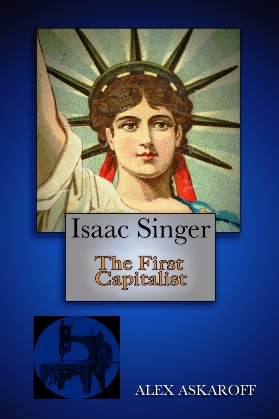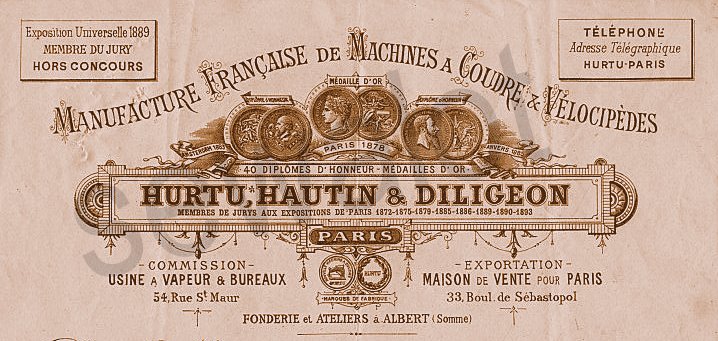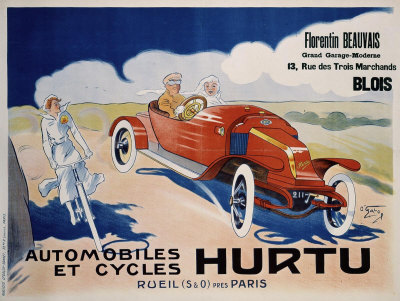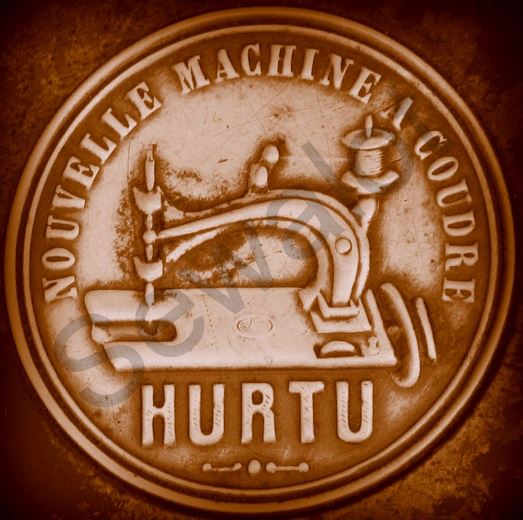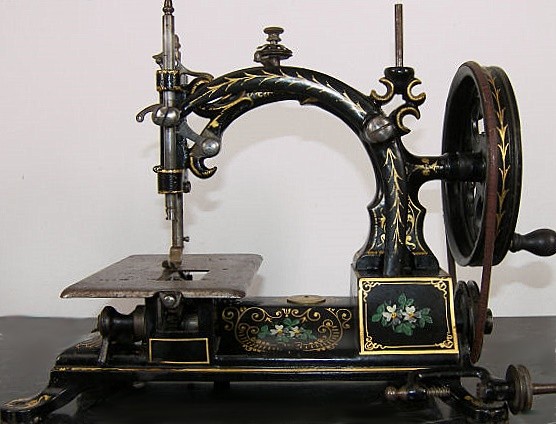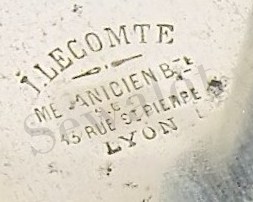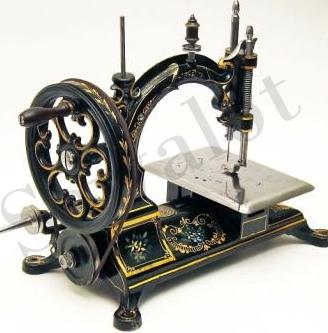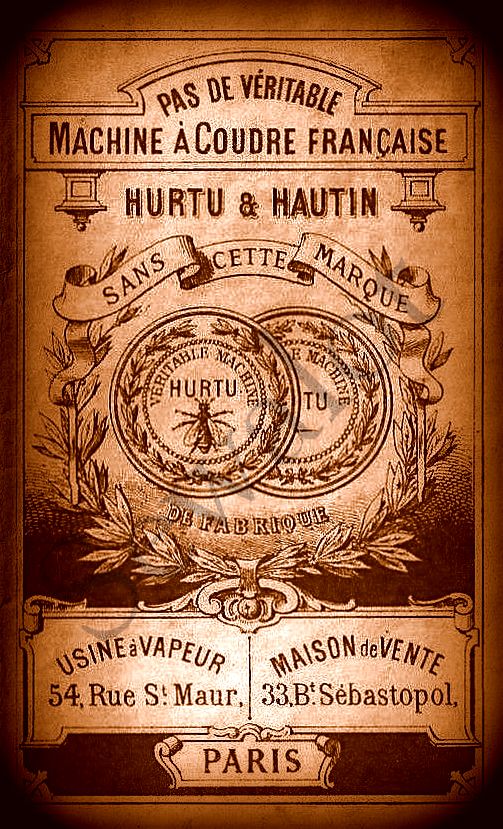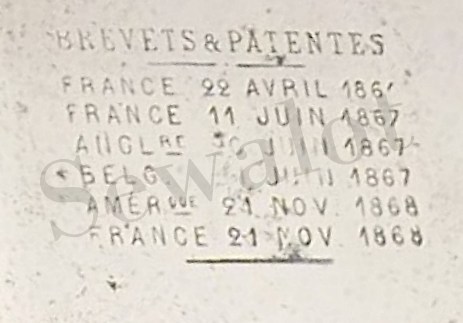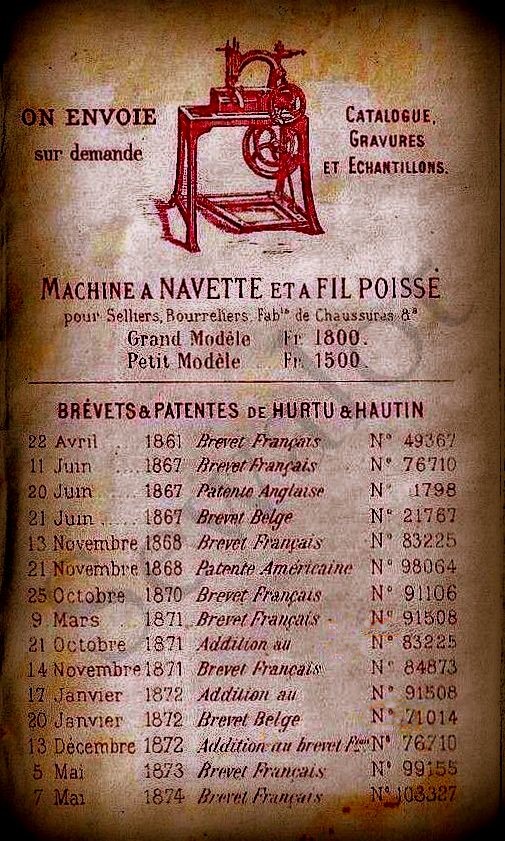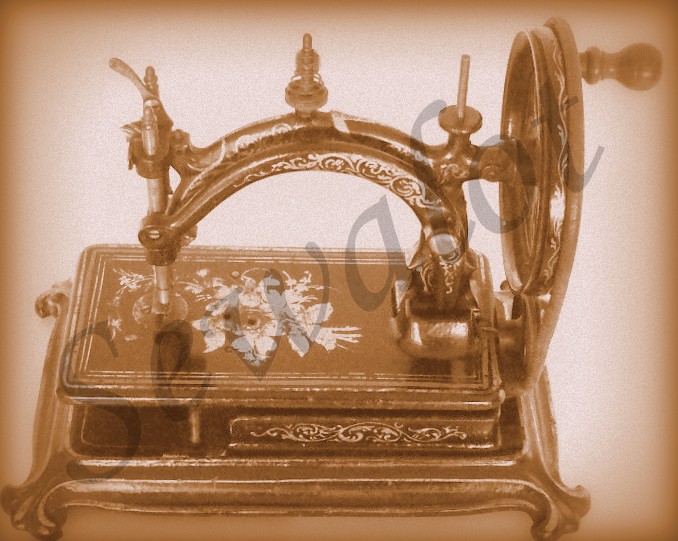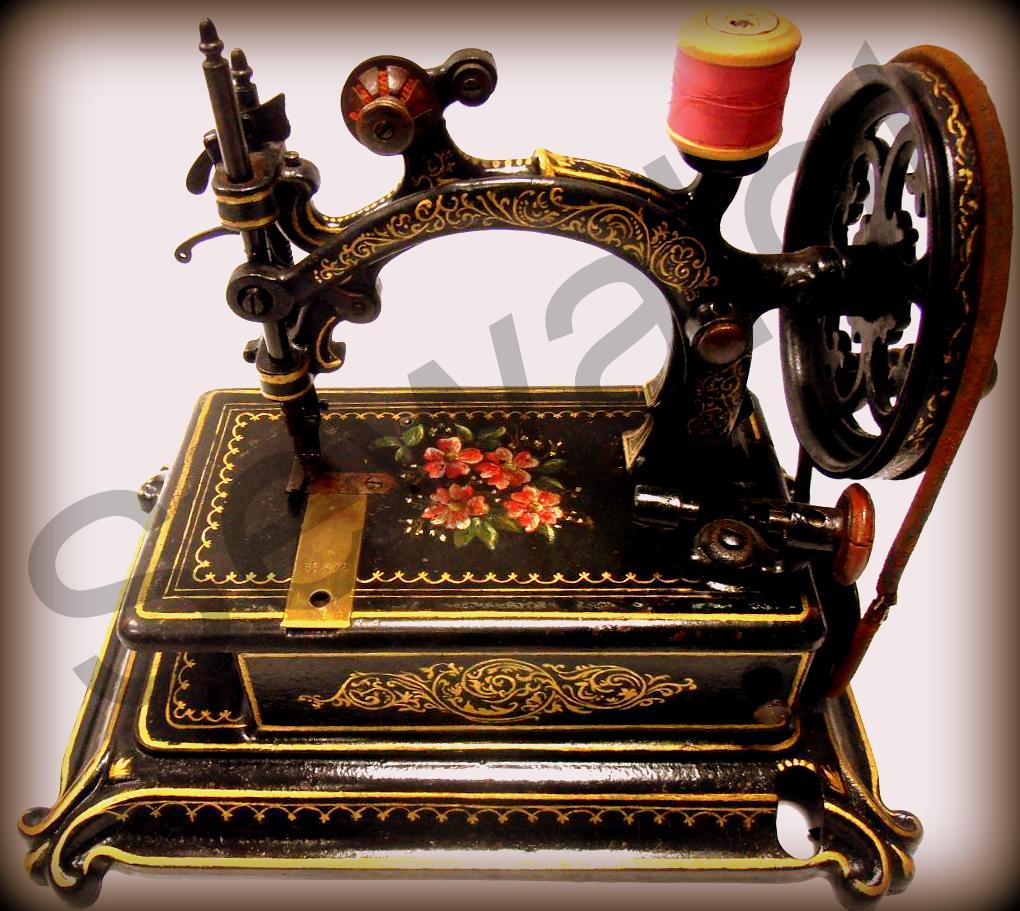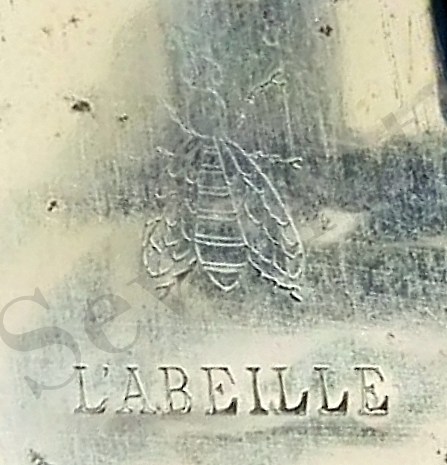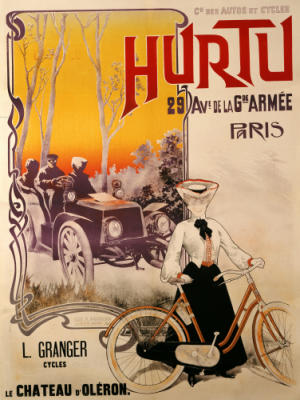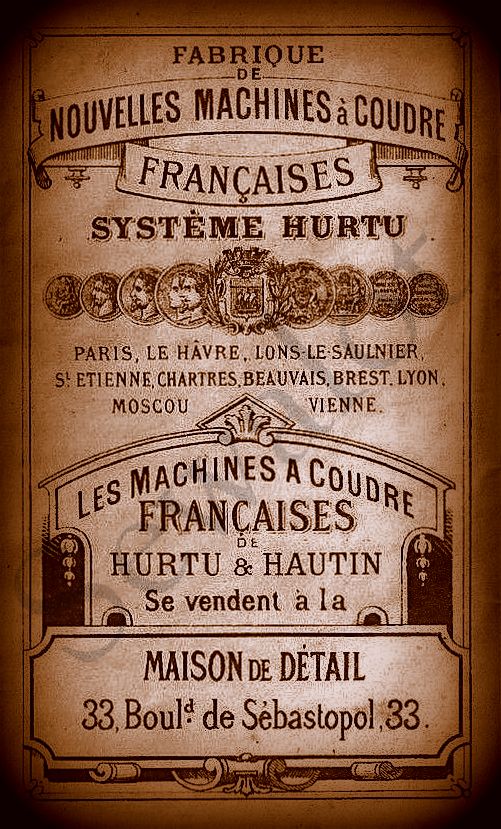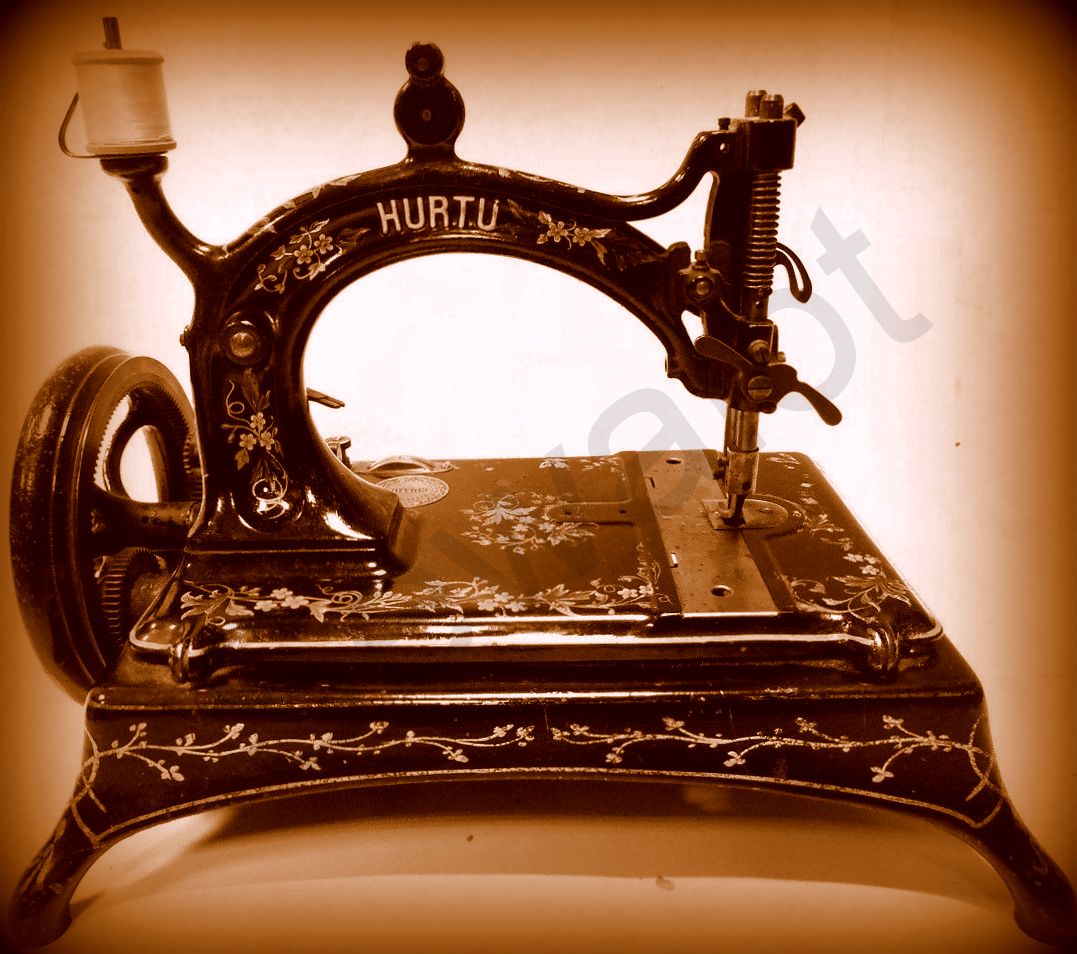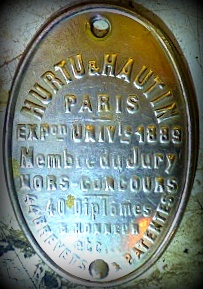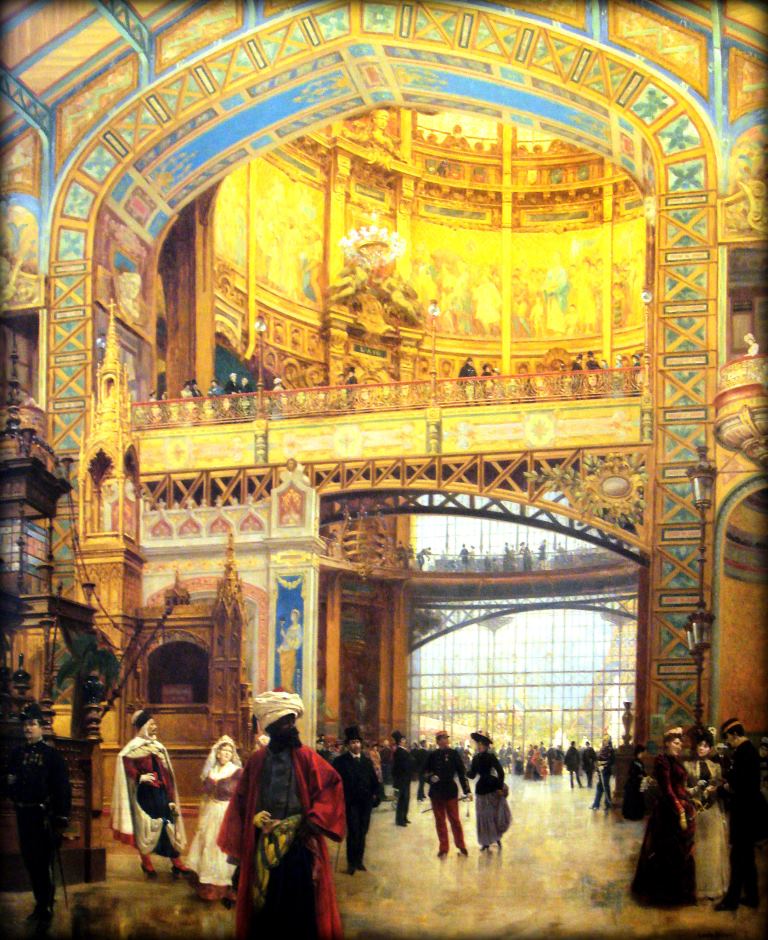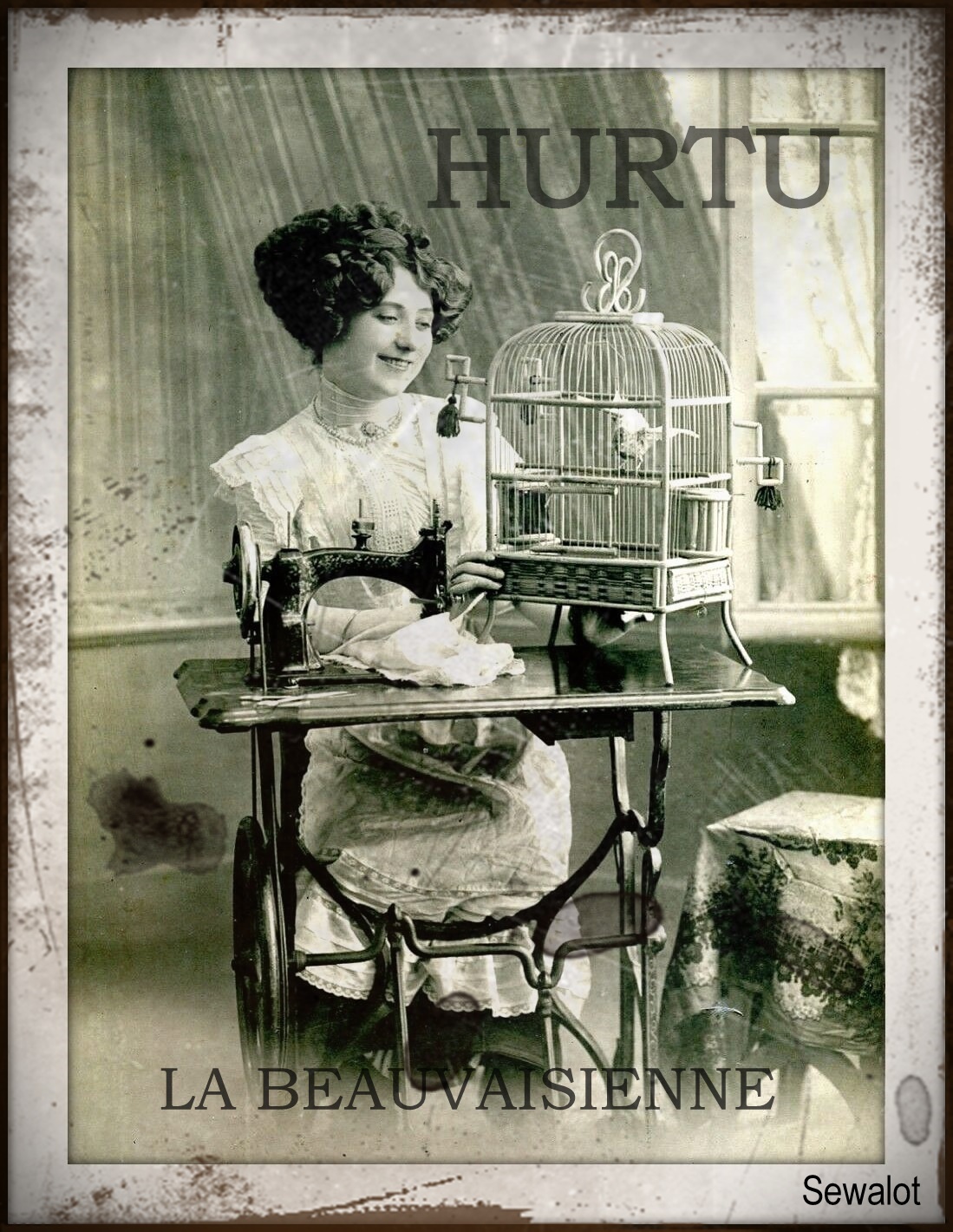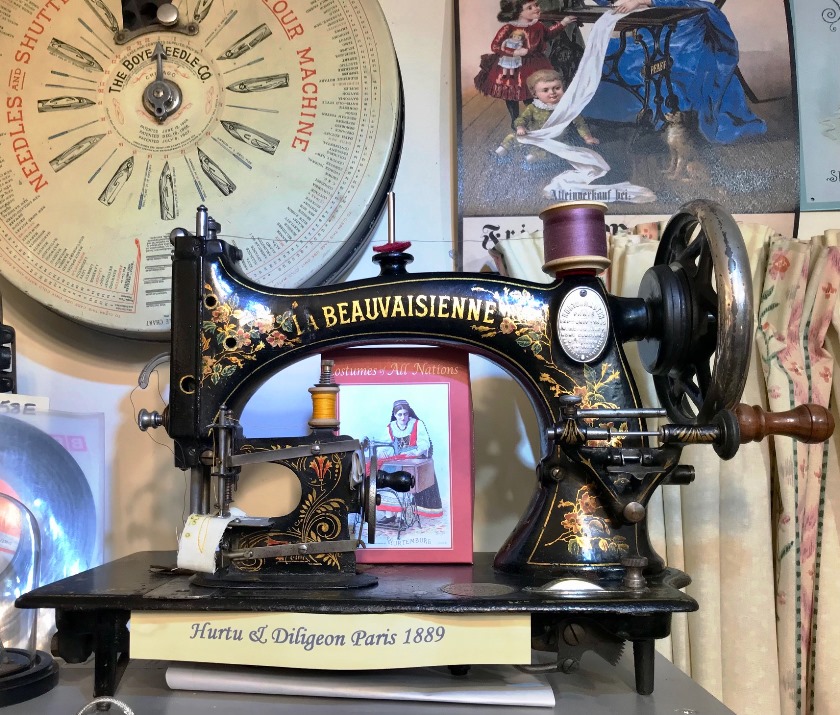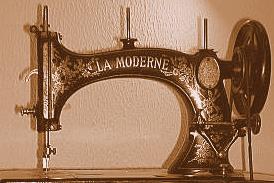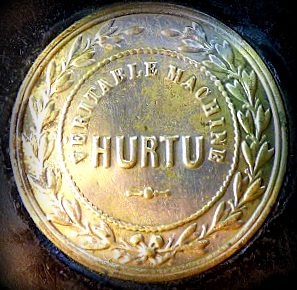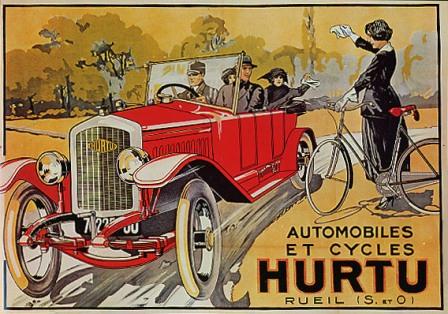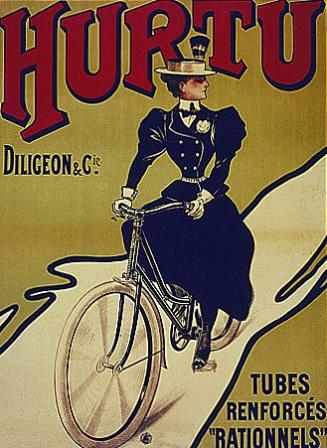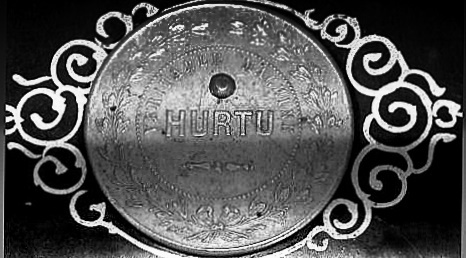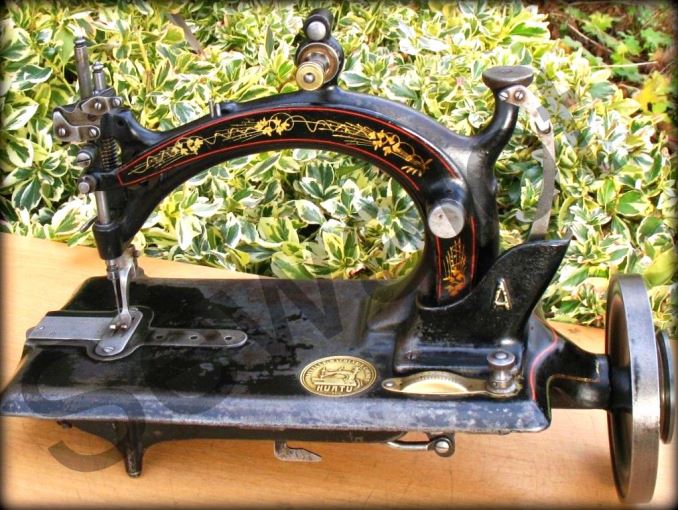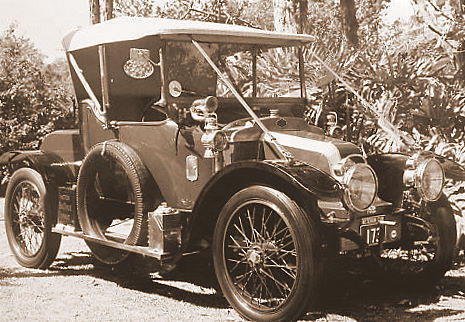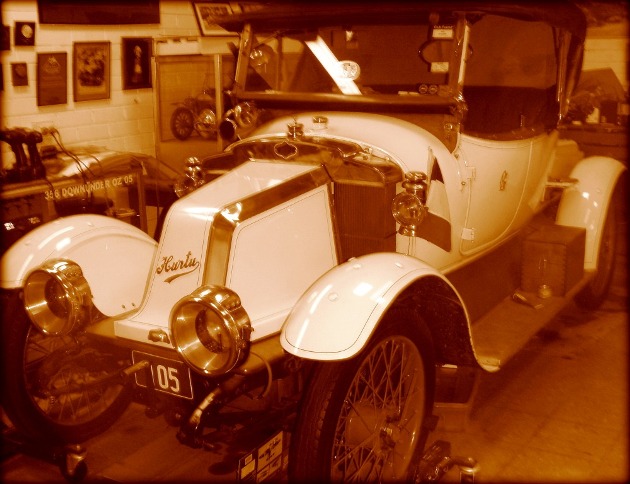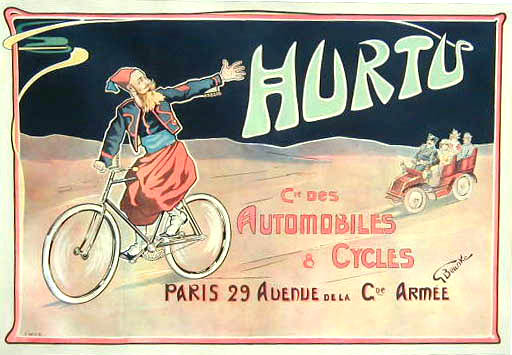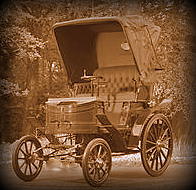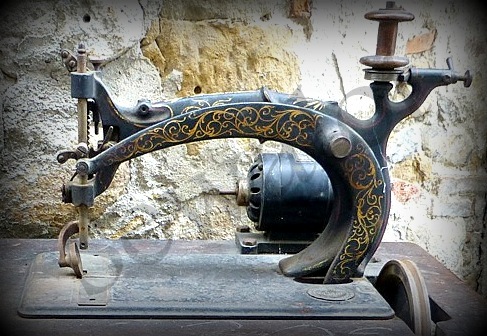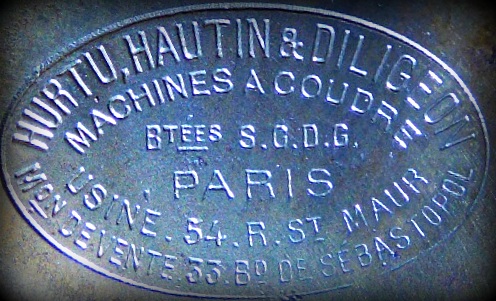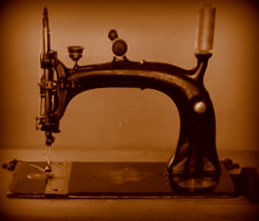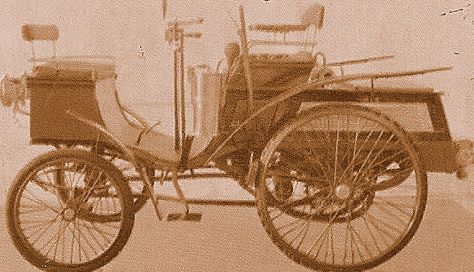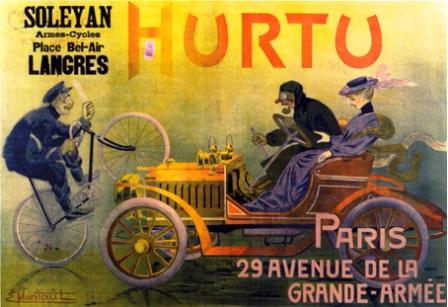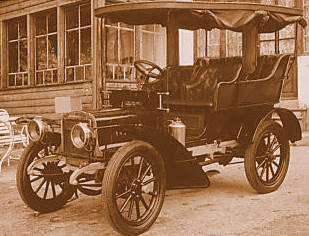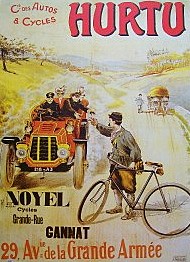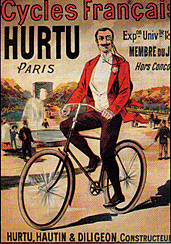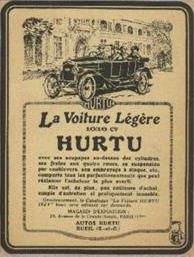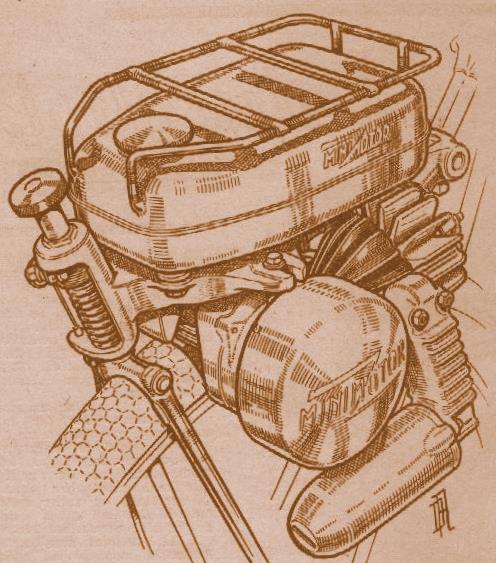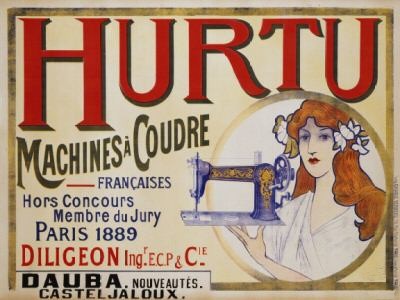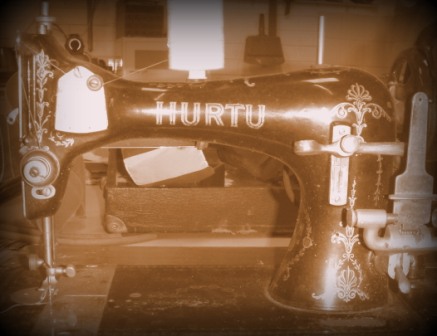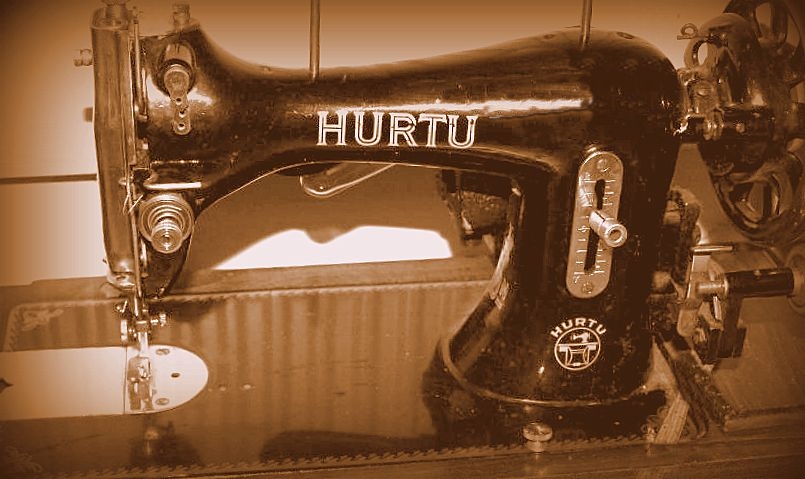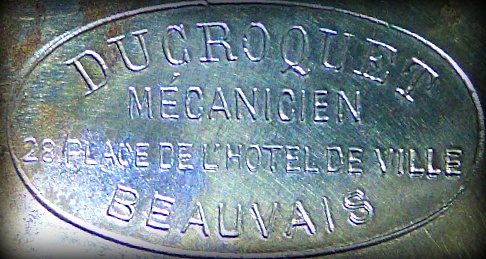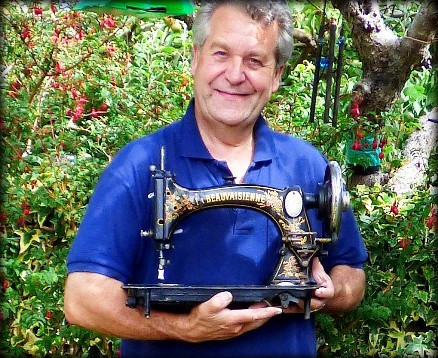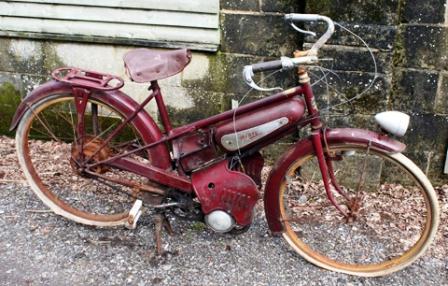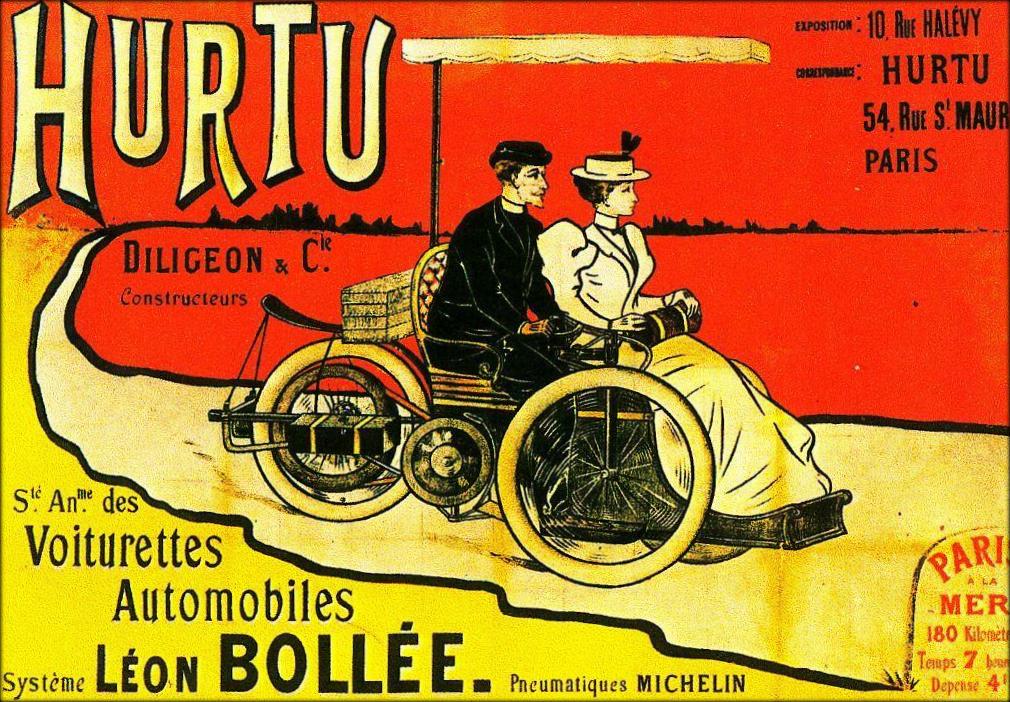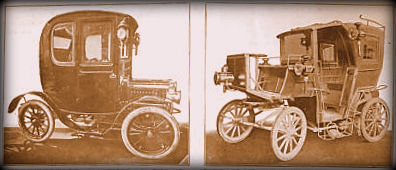|
||||
|
|
Alex I Askaroff Alex has spent a lifetime in the sewing industry and is considered one of the foremost experts of pioneering sewing machines and their inventors. He has written extensively for trade magazines, radio, television, books and publications world wide. Over the last two decades Alex has been painstakingly building this website to encourage enthusiasts around around the Globe.
See Alex Askaroff on YouTube
Most of us know the name Singer but few are aware of
his amazing life story, his rags to riches journey from a little runaway
to one of the richest men of his age. The story of Isaac Merritt Singer
will blow your mind, his wives and lovers his castles and palaces all
built on the back of one of the greatest inventions of the 19th century.
For the first time the most complete story of a forgotten giant is
brought to you by Alex Askaroff. |
|||
|
Hurtu, Hautin & Diligeon 1861 – 1960 Sewing machines, cars & bicycles See Alex Askaroff on Youtube http://www.youtube.com/watch?v=8_asHiTqqtg&list=UL Most enthusiasts of the Hurtu mark know the car, not the sewing machine but Hurtu made cars, bicycles, motor cycles, engines, tools, sewing machines and much more. They became one of the foremost names in France for their amazing sewing machines long before a car was ever made. I thought that you may like to know a little of their sewing machine history.
The sewing machines that Auguste Jacques Hurtu started making in the 1860's are amongst the most beautiful and collectible of all sewing machines. All Hurtu sewing machines are rare and very few turn up for auction today. The ones that do turn up are keenly sought by serious collectors around the world and although most are treadle machines, or just the head of the treadle machine they still make a stunning addition to any collection. The only one in my Sewalot Collection is a treadle head and you will see a picture further down the page. The sweeping elegant lines, fine castings and stunning decoration just ooze French sophistication and style. Because of this and the fact that they are rare, very rare, Hurtu sewing machines can often fetch enormous sums of money (when they do appear). One in May 2012 went for over $3270 with postage on top! L'Abeille, (The Bee)
In over 30 years of serious collecting I still do not own one and boy does that niggle me. I miss one after another, always outbid at the last second. However one day I shall catch one of the little beauties. My dream came true in 2015, more of my find later... Hurtu Agent's Address Hurtu of Paris stated in their advertising that they started in 1861 with a leather working industrial sewing machine. It is strange that (as I started writing this blog in 2009) a company that existed for nearly 100 years and employed countless workers has almost disappeared without trace. I believe that it may have continued right up until the 1950's. Hopefully others will read this page and add to the Hurtu history so that one day we may have a better picture of the French manufacturer who was the pioneer of the French sewing machine, bicycle and car industry. At one point Hurtu became one of the largest French companies of the late Victorian period employing over 500 workers in several areas of France. Today little is left to mark such an impressive firm save a few cars, bicycles, motorcycles and sewing machines. Luckily they did do a lot of advertising and many posters survive, some original posters fetching superb money today. 1860 The Start... The company was originally started by Auguste Jacques Hurtu in 1861. The 1860’s were perfect for Auguste Hurtu to start his business as supplies from America were having trouble during the American Civil War and British machines were expensive to import and not as good. His only real competition was from Germany where manufacturers were coming on fast. The 1860's were a boom time and I have been told that one of his main customers was the French Army under Napoleon III.
A machine to free the masses Anyway, Auguste Hurtu had decided to make a French sewing machine. It was the machine that was to free the masses from the drudgery of labour, well so the ad's said! Later Hurtu also made bicycles and even later they moved into cars, which would eventually dominate Hurtu production.
Hurtu
I I am not sure if in France, in the 19th Century, you could copy other countries patents without prosecution. The Hurtu Company had many French patents covering their sewing machines, several of which were already patented in other countries by other companies. It is possible that they paid for certain patents from other companies, like Howe and Wheeler & Wilson so that they could use their systems under licence. Hurtu & Stevens In 1863 Auguste Hurtu took on a partner, and the company, manufacturing out of a small Paris corner shop and foundry in Rue St Maur, became Hurtu & Stevens. They produced an industrial heavy duty machine for canvass and leather work but also repaired and maintained other machinery to make end meet. Early Hurtu sewing machine Patents Hurtu & Hautin
By 1867 Victor Hautin joined and the company traded for many years as Hurtu & Hautin. Victor Hautin had worked with Auguste Hurtu before as they had both apprenticed at De Wendel Locomotives, a small precision engineers that specialised in the repair and maintenance of steam engines and machinery. The firm had a spate of patents in the 1860's, several on the beautiful Hurtu L'Abeille sewing machine. However there is nothing that I can see that is new or revolutionary about the Hurtu sewing machines except for their superb style. Even their industrial machines look stunning. That French flair really paid dividends when it came to design. by the 1870's they seem to be selling a range of domestic and industrial machines to cover all aspects of clothing and leather manufacturing.
Many of the Hurtu sewing machine metal parts were silver-plated and the beds of the machines were often smothered with Mother of Pearl. Now I’m dribbling again! L'Productive
Their Hurtu L’Productive sewing machine is gorgeous only superseded by the breathtaking engineering and style of the L’Abeille sewing machine. There were other models from 1-12 and L’Modern of the 1890’s. I have been told that the companies use of technologies, pioneered during the Franco-Prussian War, allowed Hurtu to mass produce interchangeable parts for their sewing machines.
1878
1880
The partnership of Hurtu, Hautin & Diligeon was founded in 1880. Their sewing machines peeked during the 1880’s. With medals from National Exhibitions and massive expansion. The early 1880's were the boom years for Hurtu sewing machines but voiturette's were on the horizon and within a few years bicycle and vehicle production would dominate Hurtu production.
Hurtu were said to offer the widest variety of sewing machines on the market for home and industry, sewing anything from silk to sack cloth, linen to leather, they had it all including the Hurtu toy sewing machine of which I would love a picture if any exist?
Hurtu & Hautin Model P15 This 1875 stunner turned up early in 2018 on Ebay fetching $2730 plus postage. By 1889 Hurtu & Hautin were at their peak regarding sewing machines and at the Universal Exposition in Paris that year they walked away with no less than 40 awards for excellence.
This is the impressive Central Dome of the Gallery des Machines Exposition Universelle de Paris 1889 by Louis Beroud. It was at this show that Hurtu & Hautin won many awards for their excellent styling and engineering. The Hurtu LA Beauvaisienne sewing machine was a big machine but still drop dead gorgeous. It is a rare machine today. Sold as a treadle it was the ultimate 1890s Paris chic. You can see here how similar the two Hurtu sewing machine models are, the La Beauvaisienne (the beautiful repairer) sewing machine and the La Moderne sewing machine below. Changing the names with minor modifications made it look as if the company was keeping up to date with the changing times. What the Hurtu did have was a wonderful working area under the arm of the machine, larger than many industrial machines today! However sewing machine production was being slowly reduced in favour of bicycle and vehicle manufacture. Eventually all sewing machine production would finally cease. Machines were brought in badged as Hurtu and sold on. But there was one other interesting fact.
The rapid growth of the French company had attracted an American entrepreneur, Joseph Banigan, a successful business man. in 1874 he was looking for fresh blood in America and the style of the Hurtu machines could be just what he needed. He formed a brief partnership with Victor Hautin and the Hautin Sewing Machine Company was formed working out of Woonsocket, Rhode Island, USA. However poor production in America and other problems saw a design engineer called Simon Wardwell being called it but he had little success in improving the machine or sales in America. Eventually the company shelved of the idea and the American side never came to anything. I can see the problems, they were competing with cheaper better machines from the American giants like Wheeler & Wilson, Willcox & Gibbs and of course the legendary Singer machines. Their French models, though beautiful were complex but not robust. How Hurtu managed such beautifully slender castings in cast iron is mind boggling. Their foundries must have been a sight to behold and copying it on the other side of the world proved a costly failure. Diligeon et Cie Auguste Hurtu was still in partnership with Victor Hautin, Stevens & Diligeon but in 1895 Diligeon bought out his partners. Auguste Hurtu now leaves our page but his name continued on the companies products. Hurtu & Hautin had been advertising for over 30 years (and had over 72 patents) so it would have been madness to change the name even after he left. Hurtu Veritable Machine Then the firm concentrated on automobiles and bikes. The new business was renamed Diligeon et Cie and continued using the now famous Hurtu name. Their first car came out in 1896, a three-wheeler made under licence for Leon Bollee. Their quality and output was so good that they ended up making more three-wheelers than the Leon Bollee Co. In 1897 they brought out a copy of a German car originally made by Benz.
Notice now the Hurtu Company is being advertised as Diligeon & Co. That shows this advert to be after his takeover. I like the idea of reinforced tyres still popular today. Although sewing machine production was slowing in the 1890's as Hurtu concentrated on vehicles and bicycles they were still producing fine sewing machines, as this badge shows.
The sewing machine models that Hurtu produced such as the L'Productive of 1876 and L'Abeille sewing machines were just gorgeous to look at but supposedly did not sew particularly well! That could account for why there are so few today and one of the reasons why they eventually stopped production. The new model A continuous thread sewing machine by Hurtu Paris "Nouvelle machine A fil continu"
It is a well known fact that sewing machines were far harder to manufacture and had less profit in them than bicycles, there was just too much competition out there. Also thin castings are prone to fracture and the superb lines of some of the Hurtu models like the L'Abeille were easily damaged. So a slow change from sewing machines to bicycles followed and then cars. For a time they overlapped in their various factories. The Hurtu & Diligeon Company
The Hurtu & Diligeon Company built another huge factory in Northern France in the town of Albert Sur Somme to make sewing machines, machine tools and bicycles. The factory lasted from 1896 up until 1930, though was severely damaged during The First World War.
1899
In 1897 Hurtu obtained the contract for the mass production of the Léon Bollée car and in 1898 the first four-wheeled Hurtu came onto the market, possibly from Montlucon and based on the German Benz. By 1899 the company was reorganized once more becoming Compagnie des Auto et Cycles Hurtu. The writing was on the wall by the late Victorian period. Sewing machines were less profitable for Hurtu. Their research and development team could do nothing new with their sewing machines but their cars, well that was a whole new ball game.
By 1900 the company was producing the De Dion-Bouton. By 1910 Hurtu car manufacture had possibly downsized and moved back to Malmaison on the outskirts of Paris. But many moves had come and gone for the Hurtu company,from 33 Boulevard de Sebastopol to 29 Avenue De La Grand Armee, to Lyon (above) and Amiens. They also had premises at 15th arrondissement, Paris and 104 Rue Castagnary, Paris, and finally at 54 Rue St Maur, (also in Paris). By the outbreak of WWI they had dropped car production to around 600 vehicles a year.
Hurtu, Hautin & Diligeon
Hurtu & Diligeon
The last sewing machines sold by Hurtu may have been German imports (including toys) with Hurtu on them. I have a picture of a couple further down the page. The machines look to be from around the First World War period, long after their own sewing machine production had ceased at Hurtu. So my conclusion is that they imported and 'badged' sewing machines in their final years, keeping a foothold in a market that they had known since 1861.
Apparently car production was hit so hard after 1929 and the Wall Street Crash (that caused a worldwide depression) that by 1930 Hurtu then ceased all car production.
Somewhere in the 1930’s the company may have been acquired by Lucien Rochet and with the storm clouds of war fast approaching many metalworking firms moved into the more lucrative manufacture of military goods. Hurtu concentrated on their engineering, producing numerous and varied parts for the manufacturing industry.
This may have been why Hurtu disappears from our radar in the late 1930's. I am only surmising from how other machine companies acted in the same period. But all is not quite finished... Some say that following the Second World War Hurtu carried on in a small way making 49cc two-stroke engine right up until 1960? They weren’t the ones that were bolted onto the front of bicycles were they?
I used to see them everywhere in France as a kid. A simple lump that attached to the front wheel of any bicycle and it thrust you along the road.
I seem to remember they were about one horsepower so you still had to pedal like crazy to get up a hill. And they smelt terrible with a mix of two-stroke oil. You could always tell an owner of one as he left a trail of hazy 'oil-stink' wherever he walked.
The Hurtu Company is sadly gone but they left behind a legacy of beauty and style in some of the most sought after cars, bicycles and sewing machines on our planet!
Hurtu L'Abeille sewing machine circa 1880
|
||||
|
Above is the last Hurtu I have managed to dig up, circa 1940's, sold in Paris by French agents Lucien Rochet. This may be the only post WW2 machine sold as a Hurtu! By the 1920's Hurtu machines looked just like everyone else's and their French artistry and panache had long gone. In all likelihood Lucien Rochet had probably bought the rights to use the old French name and was merely importing and branding a selection of machines for sale in his Paris showrooms trading on the old name. In 2015 I was lucky enough to find another rare beast the Hurtu La Beauvaisienne sewing machine. I found it on the French Ebay site and the seller was happy to post it to England. No records of La Beauvaisienne existed so it was an exciting find. The machine has an 1889 badge and does look very 19th century. The complex construction shows that the machine was expensive to make and was probably one of the reasons that Hurtu gave up with sewing machines. But boy when they made them they were magnificent.
La Beauvaisienne
Hurtu
sewing machine,
Most of us know the name Singer but few are aware of his amazing life story, his rags to riches journey from a little runaway to one of the richest men of his age. The story of Isaac Merritt Singer will blow your mind, his wives and lovers his castles and palaces all built on the back of one of the greatest inventions of the 19th century. For the first time the most complete story of a forgotten giant is brought to you by Alex Askaroff.
See all Alex's books on Amazon Fancy a funny FREE read: Ena Wilf & The One-Armed Machinist
Hi Alex, I have been in the process of helping my Dad sort out his antique sewing machines and in the process, came across your website. What a mine of information. I am now a lot more wiser on the subject than I was one week ago thanks to your wonderful, informative website. Thank you so much for freely sharing this wonderful information. Julie W, Derbyshire, England Wow, that's all I can say man. After coming across your site I am in awe. Thanks so much buddy for the time you have taken to share your knowledge on this unusual subject. F S Hardy US
Alex As a new collector I have found your site has increased my knowledge in a short time to a degree that I couldn't have imagined.
|
||||
|
|
|
|||
CONTACT: alexsussex@aol.com Copyright ©
|
||||
